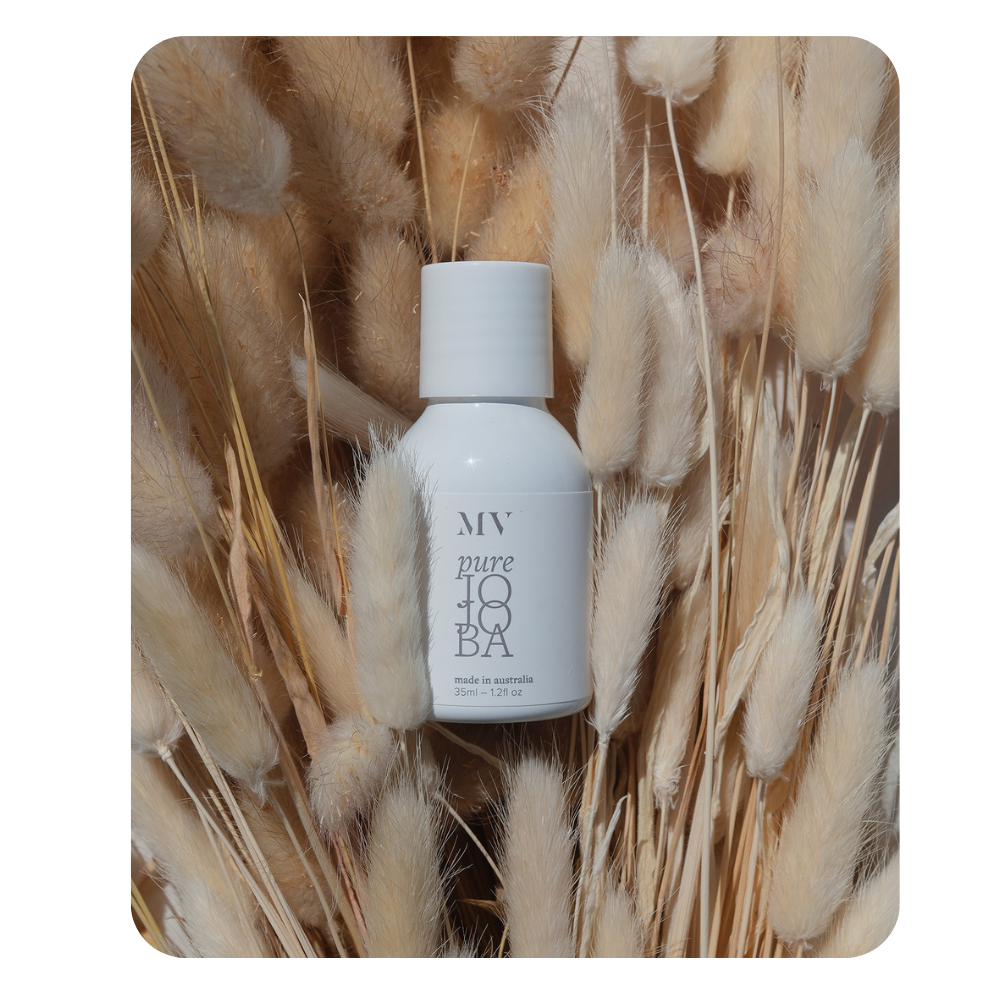
Understanding Eczema
A Holistic Overview

How Common Is Eczema?
Eczema is now considered the most common skin condition in the developed world. And interestingly, it’s a condition that seems to thrive because of how we live in the modern world.
Studies show that women and children living in affluent, high-income countries are most affected—suggesting that lifestyle, environment, and even how we care for our skin may be contributing factors.
One theory helping to explain this rise is something called the hygiene hypothesis. It suggests that in our efforts to keep things ultra-clean and germ-free, especially in early childhood, we may actually be disrupting the natural development of the immune system. This reduced exposure to a diverse range of microbes could be one reason why we’re seeing more allergies and inflammatory skin conditions—like eczema—in developed countries.
This aligns with what we see clinically: a growing number of people struggling with compromised skin barrier function and sensitivities often made worse by harsh products and over-cleansing routines.
Did You Know?
Approximately 30% of Australian children are affected by eczema, with up to 10% of adults also experiencing the condition.
What Is Eczema
Eczema - medically known as Atopic Dermatitis (AD), is a chronic inflammatory skin condition characterised by red, dry, itchy, and often irritated skin. It’s an umbrella term used to describe various types of dermatitis, with symptoms and severity ranging from mild, occasional flare-ups to persistent, painful episodes that may significantly impact quality of life.
From a holistic perspective, eczema is not simply a skin condition, it is often considered a symptom of atopy, a genetic tendency to develop allergic hypersensitivities.* In this context, eczema may signal deeper systemic imbalances involving the immune system, microbiome, gut health, or inflammatory pathways.
Eczema can appear anywhere on the body, but it most commonly affects areas prone to friction, moisture, or environmental exposure—such as the face, neck, scalp, hands, and the creases of elbows and knees. In children, it often appears on the cheeks, scalp, and skin folds.
Left untreated or unmanaged, eczema-prone skin can crack, weep, and become vulnerable to infection. It’s also typically associated with intense itchiness, which can lead to scratching, broken skin, and a disrupted skin barrier—further exacerbating flare-ups.
What Is Atopy?
Atopy refers to a genetic predisposition toward developing allergic conditions such as eczema, asthma, and hay fever. Individuals with atopic tendencies often have an overreactive immune response to common environmental triggers, which can manifest as chronic inflammation or sensitivity at the skin level.
Eczema can appear anywhere on the body
but it most commonly affects areas prone to friction, moisture, or environmental exposure; such as the face, neck, scalp, hands, and the creases of elbows and knees. In children, it often appears on the cheeks, scalp, and skin folds.
Symptoms Of Eczema
The symptoms of eczema can vary widely depending on the individual, their environment, and the severity of the flare-up. While some may experience occasional dry, itchy patches, others may struggle with more chronic and uncomfortable manifestations. Eczema-prone skin is typically reactive, easily irritated, and vulnerable to barrier dysfunction, which can lead to a cascade of inflammatory symptoms.
Common signs and symptoms of eczema include:
- Persistent itchiness (often worse at night)
- Red, inflamed, or irritated skin
- Dryness and flakiness
- Scaling and rough patches
- Swelling and warmth (a sign of active inflammation)
- Pale or lightened skin (loss of pigmentation) in healing areas
- Thickened, leathery skin (from chronic scratching or rubbing)
It’s also important to acknowledge the emotional impact of living with eczema—especially when it’s visible, persistent, or uncomfortable. Chronic skin conditions can affect confidence, sleep, and emotional well-being, making it even more important to approach care with sensitivity, patience, and support.
Conventional Treatments For Eczema
In conventional dermatology, the standard approach to eczema often includes topical corticosteroids, antihistamines, and sometimes topical antibiotics, prescribed to manage inflammation, itching, and secondary infections.
While these treatments may provide temporary relief, they are typically designed to suppress symptoms rather than address the root cause of the condition. For many, long-term reliance on these medications can lead to side effects such as skin thinning, increased sensitivity, and topical steroid withdrawal, issues now widely discussed by patients and integrative practitioners alike.
- Topical steroids - most common prescription
- Antibiotics - for when infections are present
- Antihistamines - for the allergic response
- Oral corticosteroids - severe cases
At MV, we approach eczema differently.
Rather than simply silencing the symptoms, our focus is on restoring skin barrier function, minimising triggers, and gently supporting the skin through every stage of its healing. We also acknowledge the connection between skin and overall health - especially gut, immune, and nervous system imbalances, and embrace a philosophy of holistic eczema care that nourishes from the outside in and the inside out.
While we support any choices you make surrounding your best treatment approach, please know that if you're seeking non-steroid eczema treatments or topical steroid alternatives, support does exist - and healing is possible when the skin is treated with the respect and understanding it deserves.
The MV Eczema Program
Explore our Eczema Collection to designed to strengthen the skin barrier, calm irritated skin, and restore lost moisture.
What Causes Eczema
Let’s take a closer look at the pathophysiology of eczema - exploring the underlying causes, common triggers, risk factors....and what to avoid.
8 Top Tips For Eczema
MV Founder and Sensitive Skin Expert, Sharon McGlinchey, shares the tips she wants everyone with eczema to learn.






